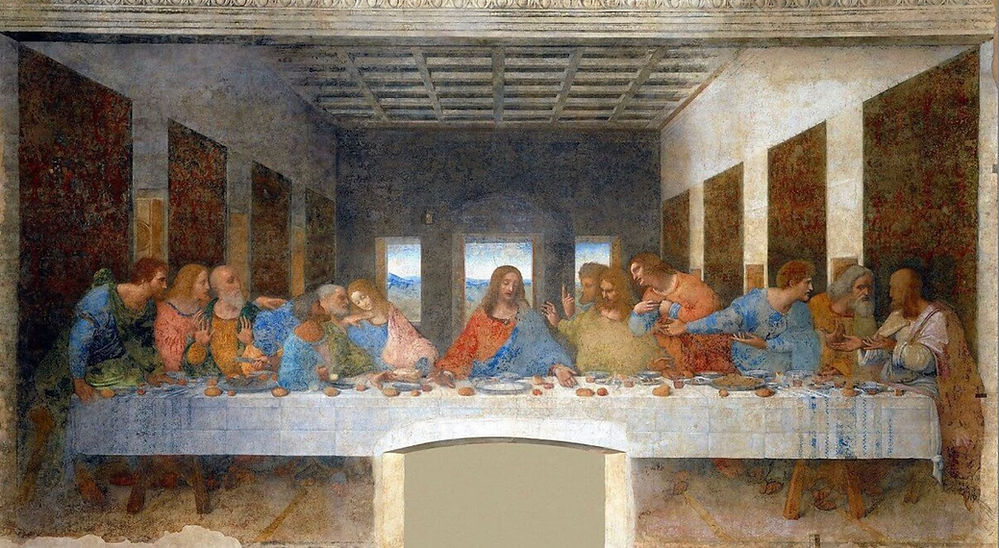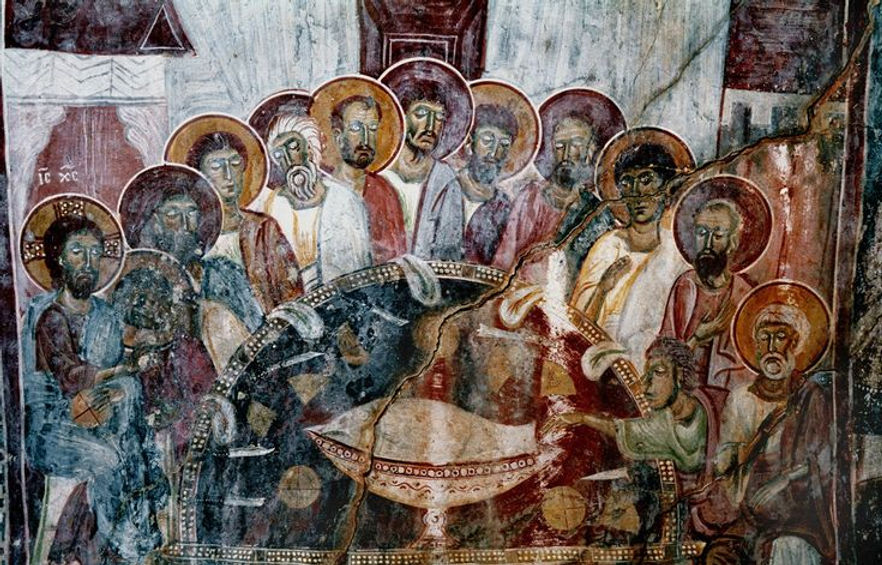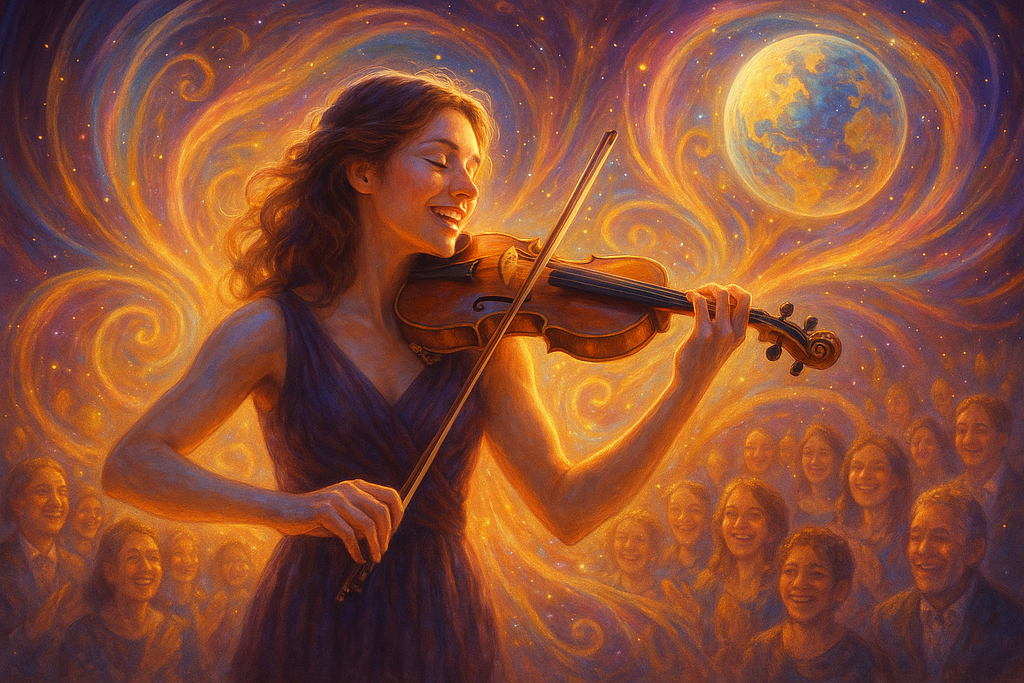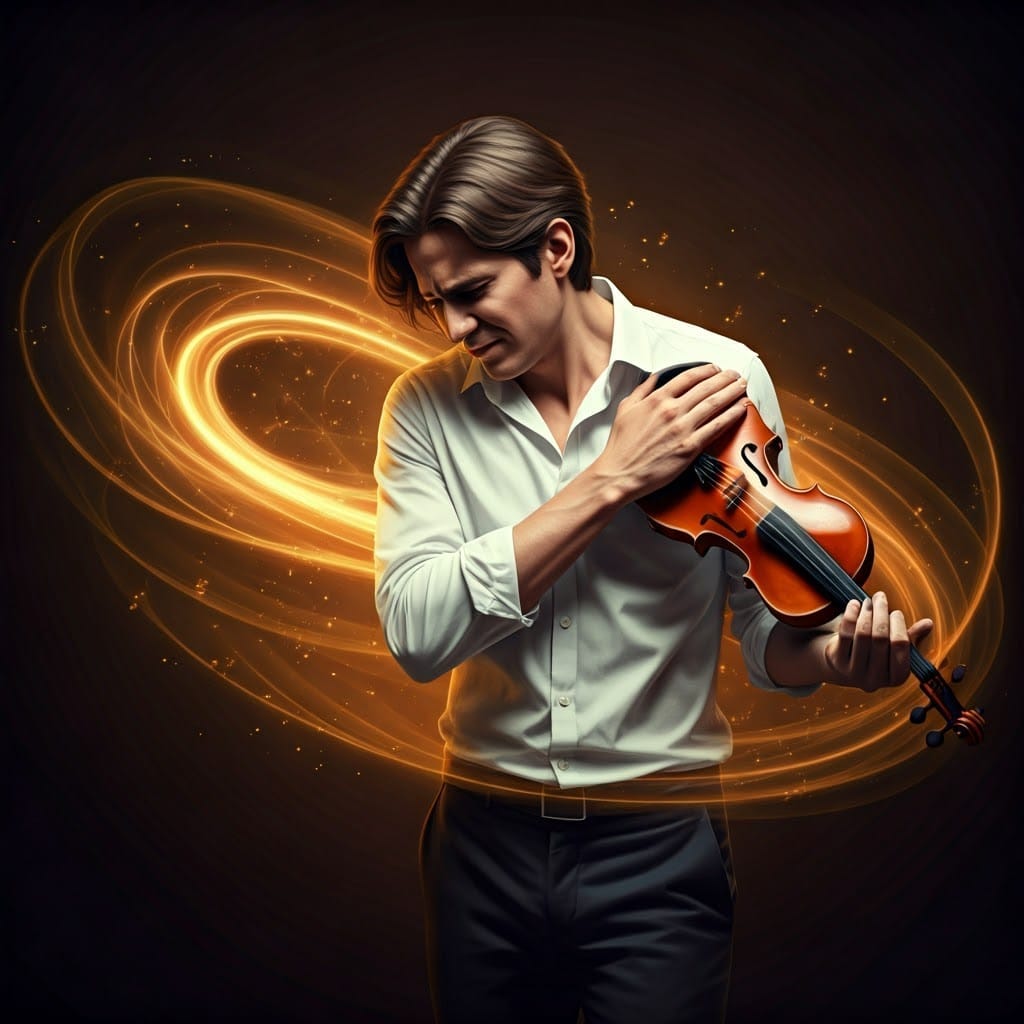Do the arts have a purpose? If so, what are they meant to actually *do*? Our society says that the arts are nice, but are essentially a luxury. But deep down, every musician and artist knows the arts are more than this. It’s just that many of us have forgotten what that is.
So here’s the low-down: the arts are meant to be transformative, helping individuals and society grow, heal, and evolve. A work of art fulfills its purpose when it initaites a “moment of truth” for audience members.
A moment of truth is a shift in consciousness that puts you in touch with something bigger, where something new is recognized, something old is reintegrated, or a boundary softens to include a larger picture. The initiation of a moment of truth is the essential function of a work of art, and is what marks the difference between one that is truly great and one that is more pedestrian.
Having an understanding of this essential function of the arts is vital to reconnecting with your Soulforce as an artist – your vital creative energy.
This video features an excerpt from Chapter 3 “The Soulforce Arts Approach” from my upcoming book. Read the full excerpt from this video below.
Be among the first to know about my upcoming book “Soulforce Arts: The Vital Role of Musicians & Other Artists in a World That’s Lost Its Mind” by signing up for my mailing list at JosephArnold.com.
Joseph Arnold Violinist, Alexander Technique Teacher, Director of the Soulforce Arts Institute
The Moment of Truth
“Beauty is truth, truth beauty.”
– John Keats, Ode to a Grecian Urn
Imagine you’re going to a musical concert. It’s by one of your favorite artists and you’re looking forward to the performance with great anticipation. You sit down in your seat and then the music begins. As the music washes over you, you can feel your daily worries floating away. Your body relaxes. You drop into the music even more. And then something unexpected happens. The intense beauty of the music touches something deep inside you and you feel a pang of grief, relief, and awe. All the tension you’ve been holding around your heart without even realizing it suddenly releases and you feel blasted wide open. When the concert is over, you leave the venue half in a daze. Stepping outside, you look up at the starry night sky and then around at all the other concert-goers on their way home, and then you suddenly realize that the whole universe is alive with music. A sense of connection with all there is fills every atom of your being. And somehow this new sense of connection allows you to trust that you’re going to be OK, no matter what happens. You’ve just experienced a moment of truth.
A moment of truth is a shift in consciousness that puts you in touch with something bigger. It is a discrete moment of transformation in which something new is recognized, something old is reintegrated, or a boundary softens to include a larger picture. The initiation of a moment of truth is the essential function of a work of art, and is what marks the difference between one that is truly great and one that is more pedestrian.
A moment of truth is a shift in consciousness that puts you in touch with something bigger, where something new is recognized, something old is reintegrated, or a boundary softens to include a larger picture. The initiation of a moment of truth is the essential function of a work of art, and is what marks the difference between one that is truly great and one that is more pedestrian.
Moments of truth work along two different axes: they can move you towards either greater Soulfulness or into more Holistic Values. Both are essential for your evolution, growth, and healing as an artist. The story written above is an example of a moment of truth that moves you into an experience of greater Soulfulness. Moments like these are well-known in the arts world, and are essential for the healing, inspiration, and togetherness that are what make certain works of art truly great.
Less well-known, but every bit as important, are moments of truth that can lead you into more Holistic Values. Adopting more Holistic Values is a vital part of the growth and development of every person and society. The wisest and most compassionate people and societies tend to be those who have adopted the widest, most holistic view of things. And likewise, the most destructive people and societies are often those who have failed to do so.
Art and artists have had a vital role in helping both individuals and societies grow into more Holistic Values. We can see evidence for this in how the role and forms of art have changed to match different historical periods. For example, Neolithic art is different from that of the time of the Agricultural Revolution, the Scientific Revolution, or that of our own modern times. At each transition point in history, artists have reflected their society’s values, states of mind, and ways of being, and have helped their society dream new possibilities into existence. This is a truly vital role because without the help of artists, who are often at the vanguard of culture, humanity would have a harder time adopting the new ways of being, thinking, and acting that are required to overcome the challenges of each era.
A wonderful example of this comes from the art of the 1400’s and 1500’s. This era marked the beginning of the use of perspective in visual art, where for the first time painters developed the means of creating an image that looked three-dimensional, as opposed to the two-dimensional perspective that was almost universally used before then. This artistic development was an integral part of the newly emerging Scientific Revolution, and its use in art both exemplified and further promoted the values of that revolution.
For example, the Scientific Revolution valued objectivity over symbolism and religious dogma. And it’s this new value that gave rise to the use of perspective at that time. What does an objective painting look like? It’s one that’s going to look like the three-dimensional world we see with our eyes, not the flattened, symbolic world we see in paintings before this time. Three-dimensional perspective and the values of the Scientific Revolution went hand in hand.
Not only was the use of perspective a reflection of the newly emerging values of this era, but it also hastened the widespread adoption of these values. To understand this, just imagine for a moment that you’re from the 1400’s and you’ve only ever seen paintings with a flattened aspect, like the early Christian depiction of the Last Supper above. And then you come across the one painted by Leonardo DaVinci, below, which displays the same scene, but with perfect three-dimensional perspective. What effect might this have on your mind? What might this touch inside you? And what new possibilities might suddenly become available to you as a result?


At the time, seeing a painting like this must have been like undergoing a spontaneous initiation into the Scientific Revolution. Such a painting was like a message from the future, a clarion call beckoning people into the new Modern Age. And as the use of perspective spread, more and more people saw paintings that exemplified the new values of that era. Each viewing initiated a moment of truth, one that may have deepened the viewer’s trust and familiarity with the values of the Scientific Revolution. And with greater trust, its values would have felt more and more tangible–and less like a far-off fantasy, as is so often the case when encountering newly emerging values. Thus, we can see that the arts were an integral part of a huge leap forward for European society, one which led not only to the development of objectivity, but also to the scientific method, democracy, and universal human rights.
Our own society is currently undergoing a transition every bit as revolutionary as this–and perhaps even more so. And even though many can glimpse a new way of being on the horizon, there is no guarantee we’ll get there. What we need are people who are ahead of the curve, and who can help guide the rest of us through the madness that accompanies every such transition.
You, as an artist, will best fulfill this role by first embodying the values of the coming era in yourself, which you can do by growing into greater Soulfulness and more Holistic Values. This will allow your art, your system update, to initiate the very kinds of moments of truth that our society needs most right now. This is what it means to be a Soulforce Artist.
Practice 3.2 – Reflection – Your Moments of Truth
What have been the most important moments of truth in your own life? Take a few minutes to reflect on moments when you’ve been genuinely touched such that your life changed in important ways. Find three examples from your life outside the arts, and three from your life within the arts, and write them down in your journal.



